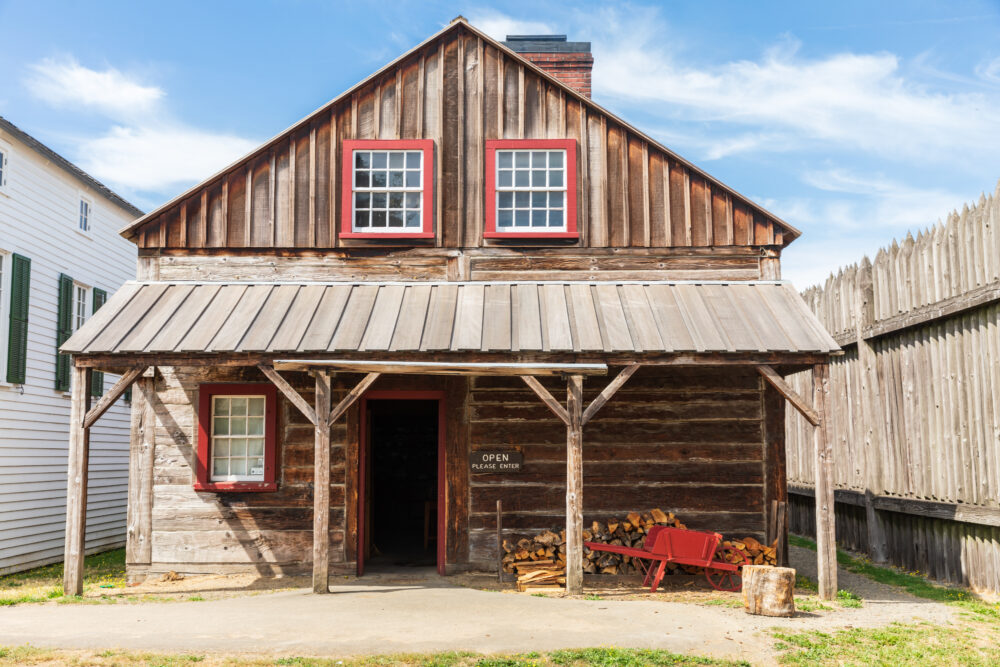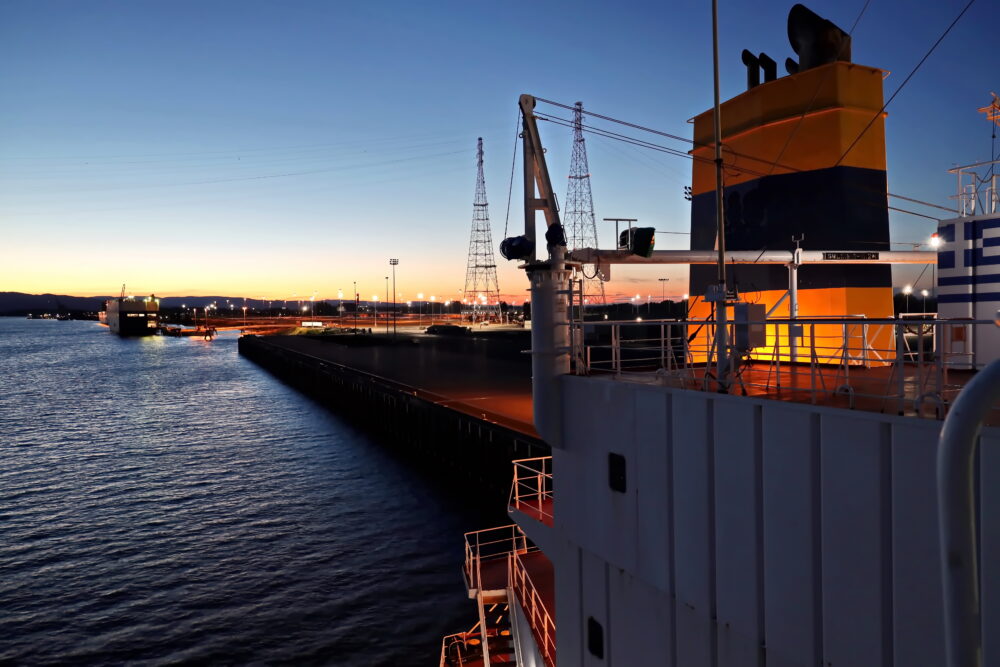Vancouver, Washington, a city with a rich history spanning centuries, is situated on the northern bank of the Columbia River, directly across from Portland, Oregon. From its humble beginnings as a trading post to its current status as a vibrant metropolitan area, Vancouver has evolved significantly. Let’s delve into the six key phases that have shaped the history of this Pacific Northwest city.
Indigenous Roots and Early Settlements
Long before European explorers arrived, the Vancouver area was inhabited by various indigenous peoples, primarily the Chinook and Klickitat tribes. These tribes thrived along the Columbia River, relying on fishing, hunting, and trade. In the late 18th century, European explorers such as Lewis and Clark made their way through the region, paving the way for further interactions and eventual settlement.
Fort Vancouver and the Hudson’s Bay Company Era
The establishment of Fort Vancouver in 1825 by the Hudson’s Bay Company marked a significant turning point. The fort quickly became a hub of fur trading and cultural exchange in the Pacific Northwest. Under the leadership of Dr. John McLoughlin, the fort’s influence expanded, attracting settlers and traders from various backgrounds. This era laid the groundwork for Vancouver’s role as an economic and cultural center in the region.

Incorporation and Growth
Vancouver was officially incorporated in 1857, solidifying its status as a growing community. The arrival of the railroad in the late 19th century further boosted its development, facilitating easier transportation of goods and people between Vancouver and other parts of the country. The city’s population grew steadily, supported by industries such as logging, fishing, and agriculture, which flourished due to the fertile lands and access to waterways.
Military Presence and World War II Impact
During the 20th century, Vancouver experienced significant military influence, particularly during World War II. The Kaiser Shipyards in nearby Vancouver, Oregon, played a crucial role in the war effort, constructing Liberty ships that contributed to the Allies’ victory. The influx of workers and military personnel during this period reshaped Vancouver’s demographics and infrastructure, leaving a lasting impact on the city’s identity.
Post-War Suburbanization and Economic Shifts
Following World War II, Vancouver underwent rapid suburbanization as returning soldiers and their families sought new homes away from urban centers. The construction of Interstate 5 in the 1960s further facilitated growth, connecting Vancouver with Portland and enhancing regional mobility. As industries diversified and technology sectors emerged, Vancouver evolved into a modern city with a diverse economy, encompassing healthcare, education, and high-tech manufacturing.
Cultural Renaissance and Contemporary Vancouver
In recent decades, Vancouver has experienced a cultural renaissance, characterized by revitalization efforts and a renewed focus on community development. The city’s downtown core has been revitalized with new businesses, restaurants, and cultural amenities, attracting residents and visitors alike. Today, Vancouver prides itself on its natural beauty, vibrant arts scene, and strong sense of community, making it a desirable place to live and work in the Pacific Northwest.

The history of Vancouver, WA, is a testament to resilience, adaptation, and growth. From its indigenous roots along the Columbia River to its current status as a thriving metropolitan area, Vancouver has continually evolved while honoring its past. By understanding its history, we gain insight into the forces that have shaped Vancouver into the dynamic city it is today—a blend of heritage, innovation, and community spirit.
Swimming Pool Contractor Vancouver WA
